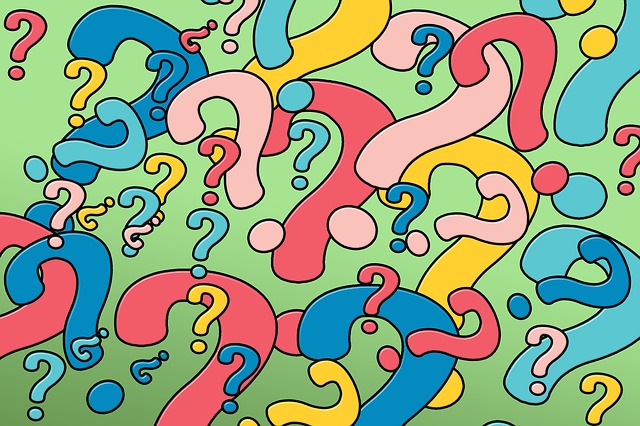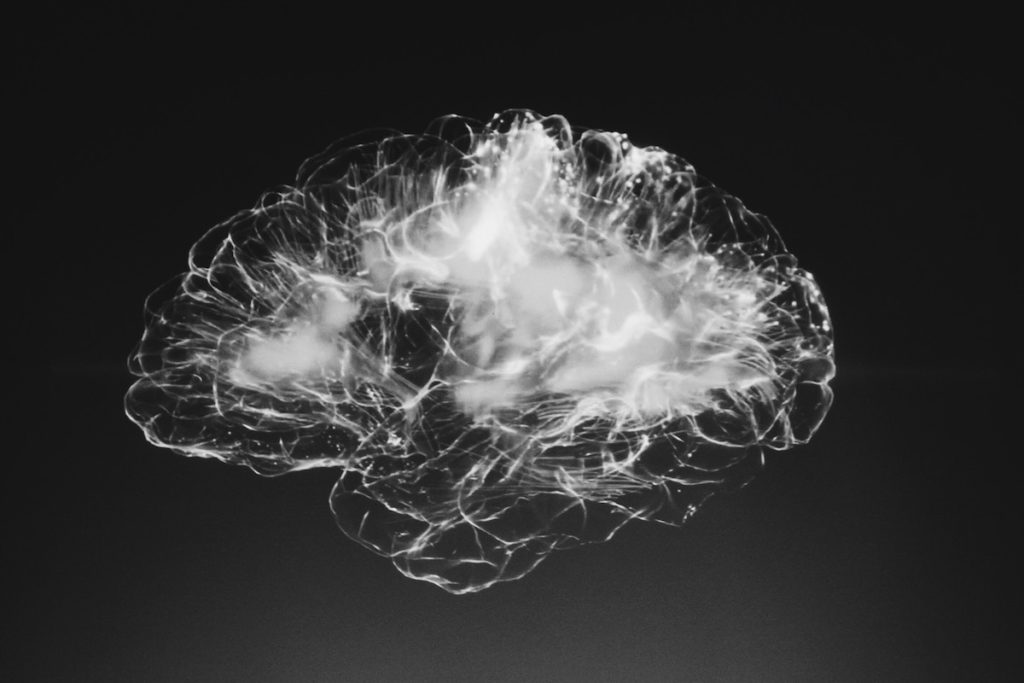
Over the past 20 years there has been a resurgence of psychedelic research in the fields of neuroscience and psychiatry. Psychedelic substances were widely researched in the 1950s and ’60s but political decisions in the decades that followed forced strict legislative restrictions on these substances. Now researchers are attempting to update what we know about psychedelics within the context of modern science. ‘Classical’ psychedelics, including psilocybin, lysergic acid diethylamide (LSD) and N,N-Dimethyltryptamine (DMT), show promise in the treatment of psychiatric disorders such as depression, anxiety and addiction. Modern small-scale trials have echoed this promise.
Psychedelic drugs can elicit a range of experiential changes in cognition, perception, emotion and self-reflection. But how do the neuropharmacological actions of these drugs translate into this unique, psychedelic state? What is it about this transient change in state that has therapeutic potential?

Psychedelics show promise in the treatment of conditions such as depression, anxiety and addiction, but how do they work?
Methods
In the opinion review piece ‘How do psychedelics work?’, Dr Robin Carhart-Harris offers a brief interpretation of the current psychedelic literature, to present a unifying theory of how serotonergic psychedelic drugs act on the brain. Within the context of modern neuroscientific frameworks, the author aims to explain how these substances work mechanistically, and how this may translate to a therapeutic setting.
Results
At the neurochemical level
- Classical psychedelics have agonist action at the serotonin 2A receptor subtype (5-HT2AR). Stopping this agonist action impedes subjective effects.
- Agonist action at 5-HT2A receptors can induce irregular excitation at the single unit level (‘spike-to-field decoherence’) and an asynchronous mode of glutamate release.
- 5-HT2A receptors are densely expressed in cortical brain areas involved in information-integration.
At the neuronal population level
- Specific cortical rhythms are involved in top-down predictive processing. Predictive processing is a popular model of how predictions, expectations and beliefs affect how we process incoming information.
- Dysregulation of these rhythms occurs as a result of psychedelic serotonergic action.
At the whole brain level:
- Disintegration and desegregation of intrinsic brain networks occur under psychedelics and the brain becomes more functionally interconnected.
- There is a correlation between this breakdown of brain network function and changes in how one perceives themselves, in relation to the external world (‘ego’). Evidence to support this is indirect.
The entropic brain hypothesis and predictive processing
- The entropic principle in the context of the brain and psychedelics, presents a quantitative index of ‘richness-of-content of subjective experience’.
- Entropy is suppressed in normal waking consciousness and is increased under psychedelics, where richness of subjective experience is intensified.
- The psychedelic entropic brain state can be linked to the decomposition of high-level ‘priors’ or expectations in information processing, causing changes in prediction errors and hence changes in perceptual and cognitive state.
Therapeutic models
- The ‘Tightened Beliefs in Response to uncertainty’ (TIBER) model states that unhealthy beliefs tighten as a defensive response to uncertainty and stress.
- The complementary model of ‘Relaxed Beliefs Under psychedelics’ (REBUS) states that revision of tight beliefs can occur when they are relaxed under the influence of psychedelics.

The TIBER and REBUS models suggest ways by which psychedelic-assisted therapy may be beneficial.
Conclusions
Serotonergic action of psychedelics at 5-HT2AR causes a cascade of actions including heightened plasticity and brain entropy, which may allow for unhealthy beliefs and thought process to be relaxed. This relaxation provides an opportunity for therapy-mediated intervention, providing promise for mental health treatments.
Strengths and limitations
The point of an opinion review piece is to provide a personal view based on current literature, thus it is acknowledged that it should not be scrutinised in the same stead as a systematic review. The literature reviewed is utilised to support the author’s convergence of multimodal evidence, in his understanding of how psychedelics work.
The narrative presented in this piece is appealing; it provides a (potential) answer to the original question: How do psychedelics work? Modern neuroscientific study demands accounts of how pharmacological actions produce characteristic drug effects, at every level of the brain, from the neuronal level to the systems-level of global brain function (and everything in between). By presenting preclinical, electrophysiological and neuroimaging research in combination with concepts of therapeutic action, the author presents convincing evidence for how psychedelics work at each level of brain functioning, but the causal links between these layers cannot be derived from the current body of research. It is of course, satisfying to have a unified mechanistic model, where each layer maps neatly onto each other in a hierarchical manner. But gaps in our understanding present theoretical hurdles and psychedelic research brings attention to these gaps. It is unclear, at every level, how psychedelic drug-induced changes in brain activity map onto acute subjective changes. But the author is correct to postulate that neocortical 5HT2A agonism contributes to these effects (Madsen et al., 2019).
It would have been useful for the author to nod at the diverse subjective effects experienced under psychedelics. The piece provides this multimodal model to sing the potential praises of psychedelic-assisted treatments, but individual differences in the experience of psychedelic drug effects can occur. Whilst robust links have yet to be made, predicting factors such as dose, personality, pre-dose mood, session environment (encompassed in the concepts of “set” and “setting”) contribute to the heterogeneity of drug response (Swanson, 2016). The need for novel pharmacological interventions in psychiatry does not come from the fact that existing treatments don’t work, but that they don’t work for everyone. This concept is a simple one, which also applies to psychedelics. Psychedelics are not a panacea nor a universal cure. There is a responsibility to manage these expectations, and this has implications for practice.

The author presents convincing evidence for how psychedelics work at each level of brain functioning, but the causal links between these layers cannot be derived from the current body of research.
Implications for practice
Psychedelic research attracts lots of media attention, with the promise of success in treatment often interpreted as guarantee. Public engagement and science communication efforts are important to raise awareness and attract funding but can also create high expectations for positive treatment outcomes.
As an early-career scientist, my exposure to conducting psychedelic research studies is minute in comparison to the author’s. Although from working on a placebo-controlled randomised control trial (RCT) with psilocybin in a healthy volunteer population, disappointment upon receiving placebo is not an uncommon observation. Expectations of profound and/or mystical experiences are also not always met. This disappointment will require more attention in RCTs in populations with mental illness, as in these cases there is more at stake. To combat this ethical problem, open-label extensions, where there is a guarantee of receiving the treatment, are good solutions (Barnby & Mehta, 2018).
However, research with controlled substances is expensive. A license for a UK institution to hold schedule 1 drugs costs £5,000, with another £3,000 license required to prescribe the drug (Rucker, 2015). The original decision to place these restrictions on research were driven by politics rather than public health and clearly obstruct efforts to carry out good-quality and ethical research.
Ultimately, the piece manages to stimulate many interesting thoughts in very few pages. Opinions from a leading researcher in the field, elucidated partly by his own robust research, are valuable. It is inevitable that at this relatively early stage of psychedelic research some tenuous links will be made. But it is this kind of speculation that stimulates discussion and provides theoretical frameworks for the research to progress. It is this type of evidence-based discussion which provides credibility to psychedelic science. Of course, continuation of rigorous study is needed to progress the field and add weight to the literature. And whilst there are lots of practical implications to be flattened out to ensure successful translation to clinical settings, understanding mechanisms of psychedelic action on the brain is fascinating in and of itself. The author is due to publish a more substantial work on the ideas presented in this opinion piece and I look forward to reading it!

UK law currently obstructs efforts to carry out good-quality research that may benefit people living with severe and enduring mental illness.
Conflicts of interest
Catherine works in psychedelic research as part of the psilocybin research group at The Institute of Psychiatry, Psychology and Neuroscience, King’s College London. She has no past or current research collaborations with the author and thus declares no conflict of interest.
Links
Primary paper
Carhart-Harris RL. (2019) How do psychedelics work? Current Opinion in Psychiatry, 32(1), 16-21.
Other references
Barnby, J. M., & Mehta, M. A. (2018). Psilocybin and Mental Health-Don’t Lose Control. Frontiers in psychiatry, 9, 293.
Madsen, Martin K., et al. “Psychedelic effects of psilocybin correlate with serotonin 2A receptor occupancy and plasma psilocin levels.” Neuropsychopharmacology (2019): 1.
Rucker, J. J. (2015). Psychedelic drugs should be legally reclassified so that researchers can investigate their therapeutic potential. BMJ: British Medical Journal (Online), 350.
Swanson, L. R. (2018). Unifying theories of psychedelic drug effects. Frontiers in pharmacology, 9, 172.
Photo credits
- Photo by James Bak on Unsplash
- Photo by Sarah Cervantes on Unsplash
- Photo by Alina G on Unsplash
- Photo by Hala AlGhanim on Unsplash

[…] of research in other branches of neuropsychiatry such as pharmacology, e.g. in the utility of psychedelics in the treatment of affective disorders by disrupting functional […]